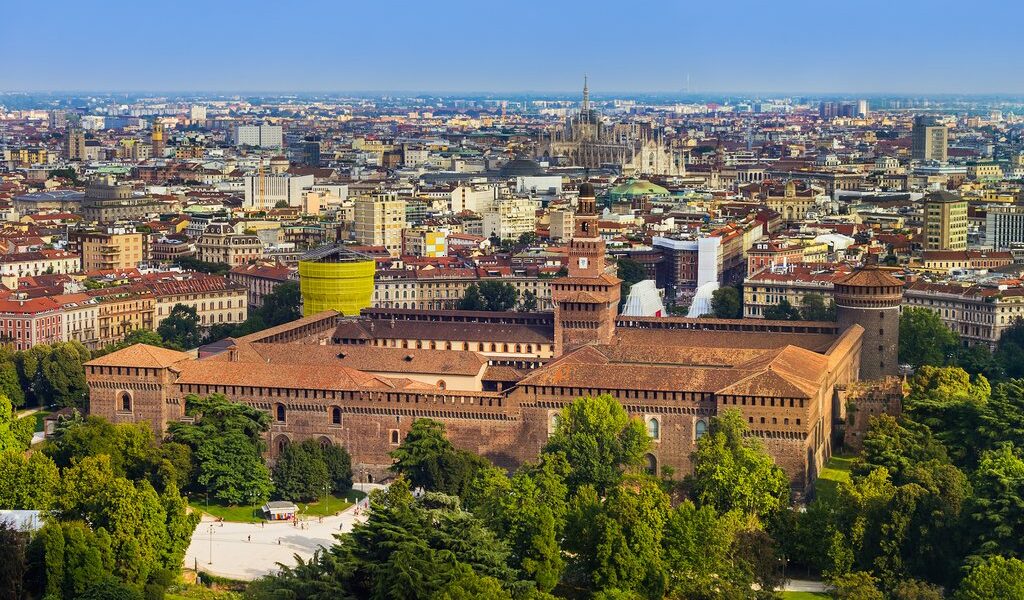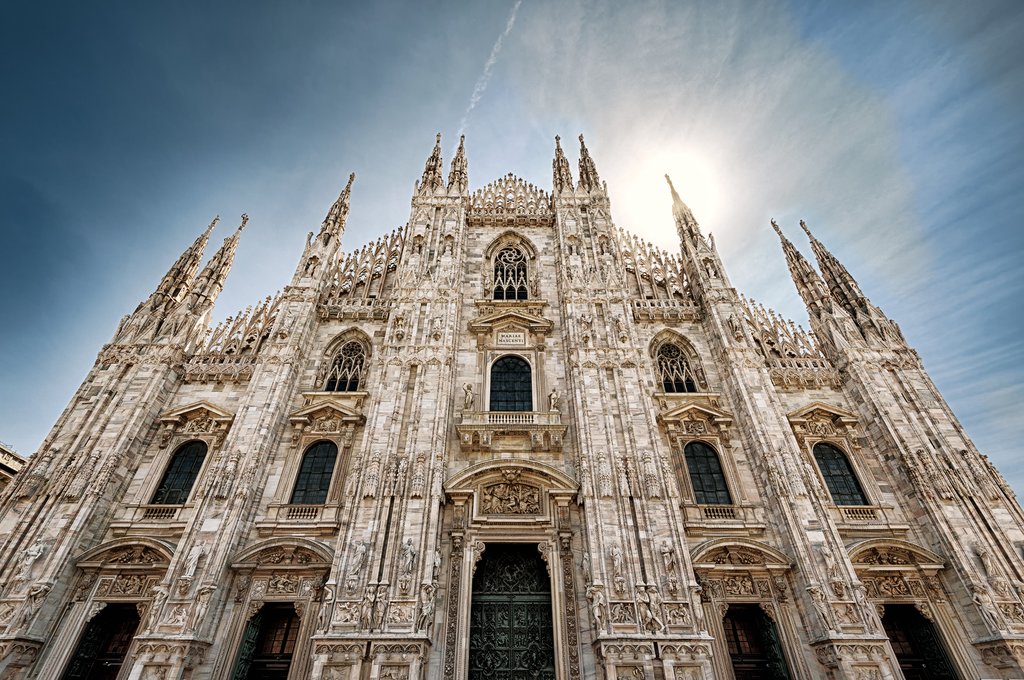
In Milan, all you need is a day to experience the highlights, whether it’s visiting the Gothic Cathedral or shopping the high streets of the Quadrilatero della Moda. With more time, however, you can venture outside the city for a hike around the famous Lake Como. And with close to a week, there’s the added adventure of visiting Turin and the wine-producing region of Piedmont, too.
## Your Comprehensive Guide to Planning a Trip to Milan
Nestled in the heart of the **Lombardy** region of north-central Italy, Milan stands as a vibrant and dynamic industrial metropolis, celebrated worldwide for its exceptional shopping experiences and its profound artistic heritage. However, Milan offers far more than just high-end fashion districts and glamorous catwalks; it boasts a rich and captivating history that rivals even that of Rome, the eternal city. The very ground upon which Milan now flourishes was once the site of Mediolanum, an ancient city conquered by the Romans in 222 BCE. At the zenith of its power, Milan served as the seat of authority for the Western Roman Empire, until it was besieged by the Visigoths in 402 ACE, marking a pivotal moment in its long and storied past.
The historical significance of Milan extends far beyond the Roman era. The city experienced a resurgence of prosperity during the Middle Ages, and many of its most iconic landmarks from this period continue to captivate tourists today. In the following sections, you will discover meticulously crafted itineraries designed to showcase the most remarkable buildings and attractions that Milan has to offer, whether you are planning a whirlwind one-day excursion or an extended six-day exploration. Furthermore, we will unveil other captivating locales where you can fully immerse yourself in the unique atmosphere of this “Drinkable City,” a testament to its vibrant culture and culinary delights.
## A Whirlwind 24 Hours in Milan: A Concise Itinerary
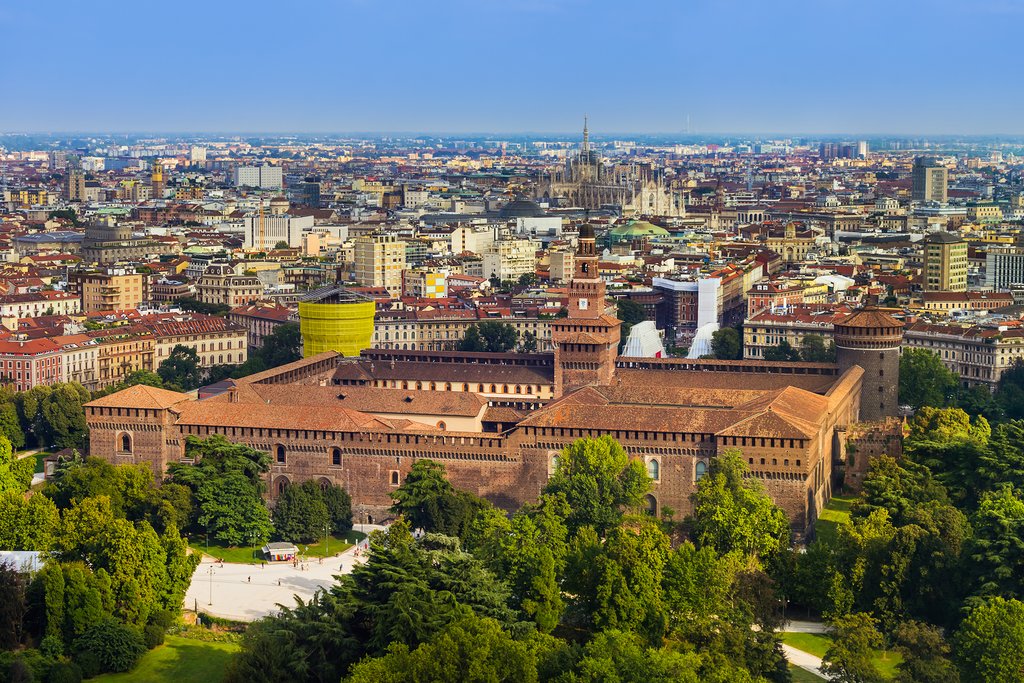
To begin your immersive experience, make your way directly to the heart of the city and explore its most significant historical landmarks. The magnificent **Piazza del Duomo** should serve as your central starting point, as all major thoroughfares in Milan converge upon this iconic square. Dominating the eastern side of the Piazza is the awe-inspiring **Duomo di Milano**. This colossal cathedral stands as the largest in Italy, surpassing even the renowned **St. Peter’s Basilica** in Rome, and is recognized as one of the most magnificent Gothic churches in the world. However, much like Rome itself, the Duomo was not built in a single day. Construction commenced in 1386 and spanned an astounding six centuries, a testament to the dedication and artistry of generations of craftsmen.
The **Piazza del Duomo** is also home to other notable landmarks, including the **Palazzo Reale di Milano** (Royal Palace), which served as the seat of government during the Middle Ages and now houses a museum showcasing international art exhibitions, providing a captivating glimpse into the city’s rich cultural heritage.
Proceed northwards from the Duomo, and you will eventually arrive at **La Scala Opera House**. Similar to the Gothic cathedral, this architectural marvel is considered one of the premier opera houses in the world. Constructed in 1778 with a distinctive horseshoe design to optimize acoustics, its interior exudes unparalleled opulence, featuring plush red-velvet seats and a ceiling adorned with shimmering 24-karat gold leaf. Consider attending an evening opera performance for an unforgettable cultural experience or, if you are traveling with family, opt for a ballet or concert specifically designed for children.
Venture westwards towards the outer edges of the city center, and you will encounter the imposing **Castello Sforzesco** (Sforza Castle). Given Milan’s strategically important inland location, it was coveted by numerous conquerors throughout history; even Atila the Hun pillaged the city in 452 ACE. As a result, fortifications were essential for its defense. The most impressive of these is Sforza Castle, which was constructed in the 15th century and stands not only as the largest fortress in Milan but also as one of the largest citadels in all of Europe. Its imposing walls and towers evoke a sense of grandeur and offer a glimpse into the city’s turbulent past.
For lunch, indulge in traditional Milanese cuisine at a local trattoria. Sample delectable dishes such as creamy risotto or savory costoletta (breaded, fried veal), providing a true taste of the region’s culinary heritage. With your appetite satisfied, you can now turn your attention to the city’s renowned shopping scene by heading east to the **Quadrilatero della Moda** fashion district. Its prestigious streets, including **Via Monte Napoleone** and **Via della Spiga**, offer an unparalleled shopping experience, whether you are looking to splurge on designer goods or simply enjoy the art of window shopping. As you return towards the main plaza, be sure to visit the Renaissance-revival **Galleria Vittorio Emanuele II**, Italy’s oldest shopping mall, an architectural masterpiece in its own right.
## Expanding Your Milanese Adventure: 2-3 Days of Exploration
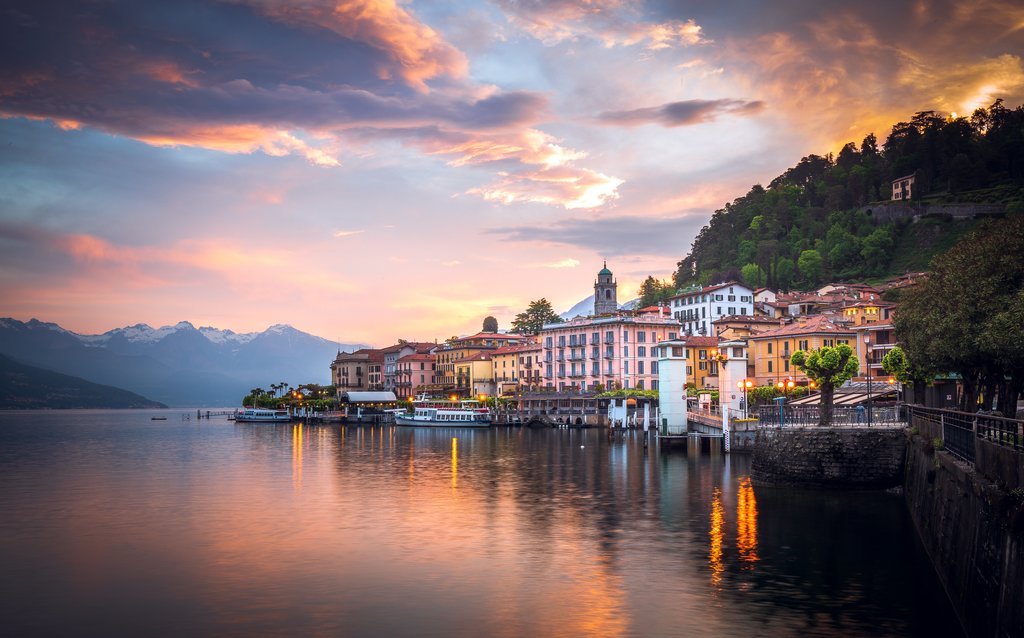
Commence your extended journey with a whirlwind shopping and sightseeing tour of Milan’s most iconic attractions, as outlined in the 24-hour itinerary. Then, on your second day, consider engaging a private guide and venturing north to the captivating **Lake District** and the elegantly beautiful **Lake Como**. The scenic drive takes less than two hours, and upon arrival, you will be greeted by opulent lakeside villas and breathtaking alpine scenery that has made this a favored destination of aristocrats and the affluent since the days of the Roman Empire.
In the charming lake city of Como, embark on an invigorating mountain hike. Begin by boarding a funicular elevator and ascending 1,650 feet (500 meters) to the village of **Brunate**, offering panoramic views of the city and lake below. Continue your ascent another 500 feet (150 meters) above Brunate, and you will reach the **Volta Lighthouse**. Named in honor of Como’s esteemed native son, Alessandro Volta (the inventor of the first electrical cell), the lighthouse offers even more spectacular vistas, extending from the Alps to Switzerland in the distance.
The hiking trail continues past picturesque mountain plateaus until you reach the hamlet of **Mount Piatto**. From there, descend to the medieval village of **Torno**. This captivating waterfront town boasts numerous historical landmarks, including the notable church of **Santa Elisabetta**. From Torno, you and your guide can return to Milan by car, bringing an end to a day filled with natural beauty and cultural immersion.
On your third day, delve deeper into the cultural fabric of Milan. Pay a visit to its exclusive network of “house museums.” These historic residences have been meticulously transformed into art museums, representing a diverse range of styles, from 19th-century Renaissance houses and family villas to grand palatial estates. There are four museums within this network, all conveniently located within walking distance of the Duomo. These include the **Bagatti Valsecchi Museum**, the **Boschi di Stefano Historic House Museum**, the **Necchi Campiglio Villa**, and the **Poldi Pezzoli Museum**, each offering a unique glimpse into the city’s artistic and cultural heritage.
Consider dedicating your fourth day to engaging in some seasonal activities. If you are visiting during the spring or summer months, take advantage of the pleasant weather and head to the **Porta Romana** neighborhood to spend the afternoon at the **Bagni Misteriosi** (Mysterious Baths), elegant 1930s communal pools that transform into ice rinks during the winter months. Here, you can enjoy swimming, participate in a tai chi class, and savor a refreshing poolside sundowner.
If your visit coincides with the winter season, take advantage of the opportunity to engage in some ice skating. Alternatively, you can warm up with a rejuvenating spa treatment at one of Milan’s luxurious hotels.
## Unveiling Hidden Gems: 4-6 Days of Exploration in Milan and Beyond
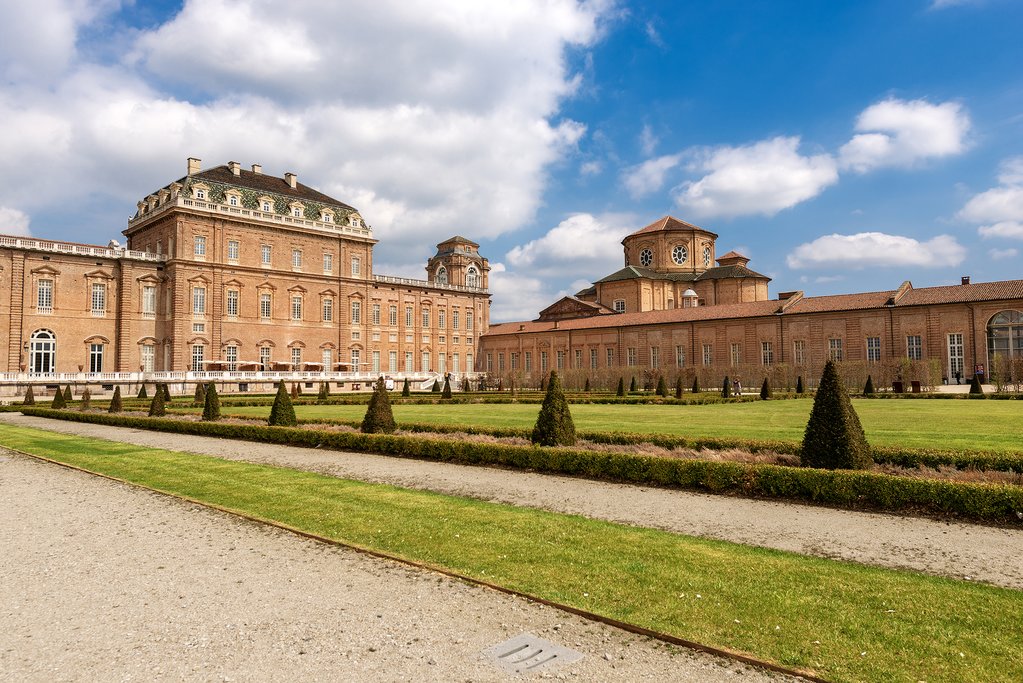
Having explored the highlights of Milan on day one, embarked on a scenic hike on day two, and experienced the contemporary side of the city on day three, day four presents an excellent opportunity to venture further afield and discover more of the region’s attractions. A highly recommended option is to travel just south of Milan to the village of **Certosa di Pavia**. This charming town is renowned for its magnificent **monastery**. Constructed in 1396 in the Renaissance style, it is no exaggeration to say that it stands as one of the most extravagant monasteries in all of Europe, a testament to the artistic and architectural prowess of the era.
Following your visit to the monastery, consider exploring the village of **Pavia**, a well-preserved gem that dates back to the Middle Ages. In fact, there are two other nearby towns that you could also visit—**Lodi** and **Crema**—both of which boast medieval roots and a wealth of historic buildings, offering a captivating glimpse into the region’s rich past.
Another enticing option is to take a train to the adjacent Piedmont region. Not only does it offer ideal skiing opportunities around **Turin**, but the city itself is brimming with stunning Baroque architecture. Stroll through the main square of **Piazza San Carlo** and visit the **Piazza Castello**, another prominent city square surrounded by notable landmarks, including the 15th-century **Palazzo Madama** and the 16th-century **Royal Palace of Turin**.
Turin is also renowned for its exquisite chocolate, and embarking on a walking tour of its esteemed chocolatiers and confectioneries offers a delectable way to experience the city’s culinary delights.
After an overnight stay in Turin, you can venture to **Barolo**, a world-renowned wine region. While the previous day was dedicated to indulging in decadent chocolate, today you will embark on a chauffeured tour of various wineries, savoring the region’s celebrated wines. After a delightful lunch at a traditional trattoria in Barolo, you will return to Turin, where you will have saved the city’s most impressive highlight for last.
On day six, make your way to the **Venaria Reggia**. A true monument to lavishness, the Palace of Venaria was commissioned in 1675 as one of the royal residences of the House of Savoy. Today, it is a UNESCO World Heritage Site that encompasses a sprawling 950,000 square meters, making it one of the largest palaces in the world. A comprehensive tour includes visits to numerous rooms showcasing exquisite 16th-century furnishings and Baroque artworks. You will also have the opportunity to stroll through the expansive and meticulously manicured palace gardens, a testament to the opulence and grandeur of the era.
Spend the remaining portion of the afternoon exploring Turin’s traditional cafés and coffee houses. Indeed, this city is nearly as synonymous with coffee as it is with chocolate, a testament to its rich culinary heritage. The legacy runs deep, as its oldest café—**Caffè Al Bicerin**—was founded in 1763. To conclude your sojourn to Milan, savor one last exceptional meal preceded by an aperitif at a restaurant overlooking the Duomo, creating a lasting memory of your Italian adventure.
B-1321

